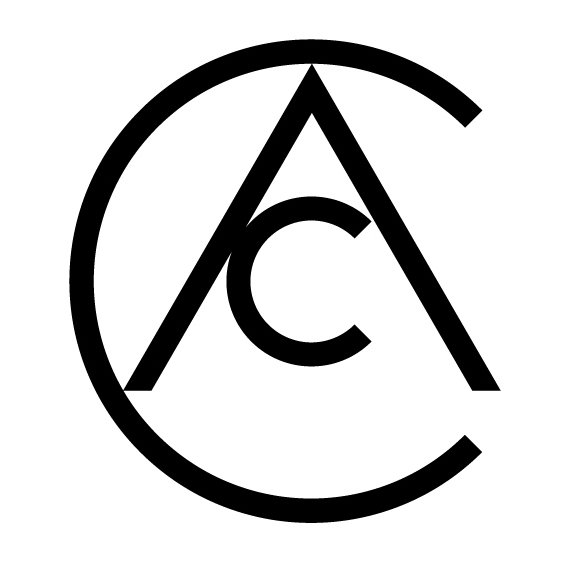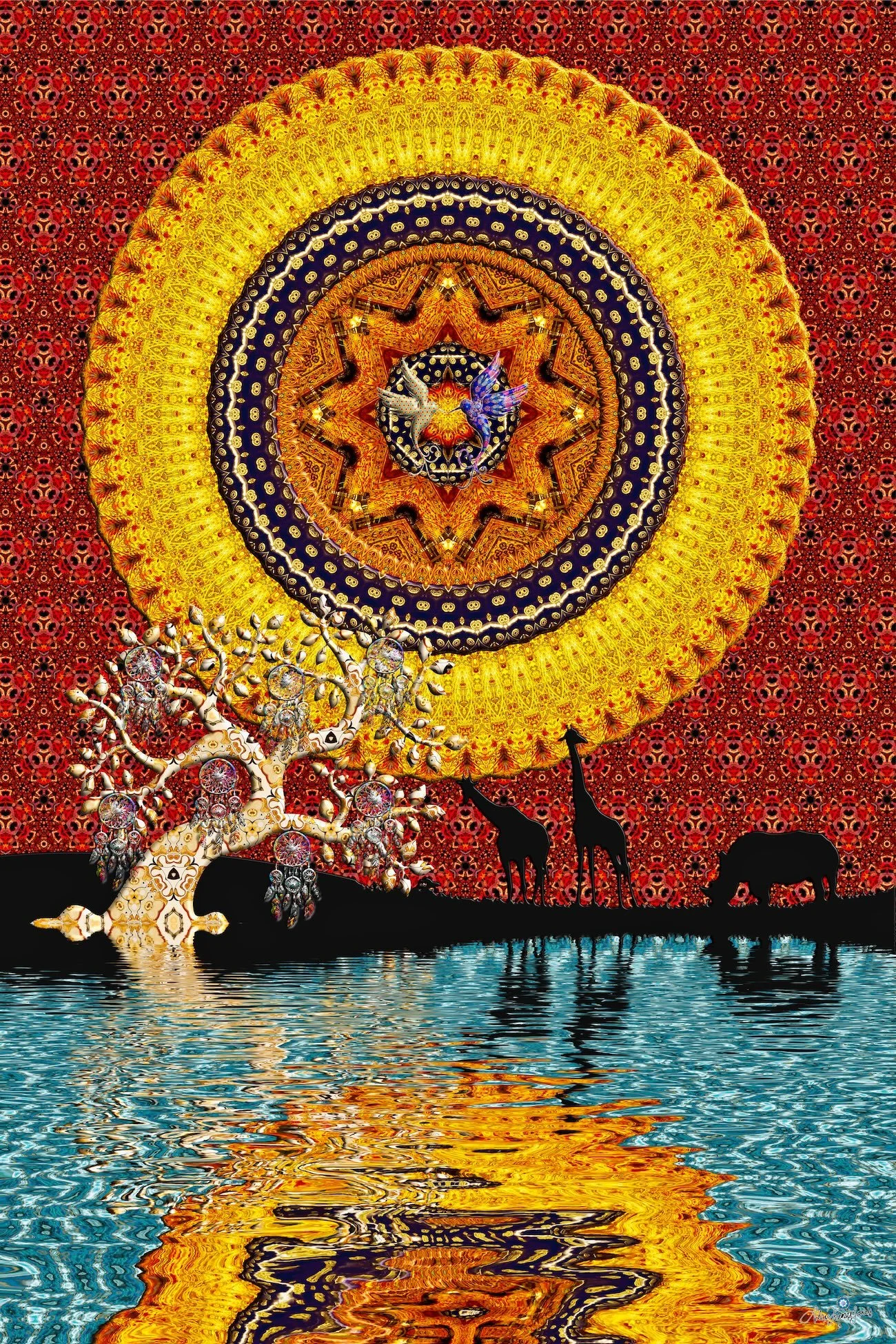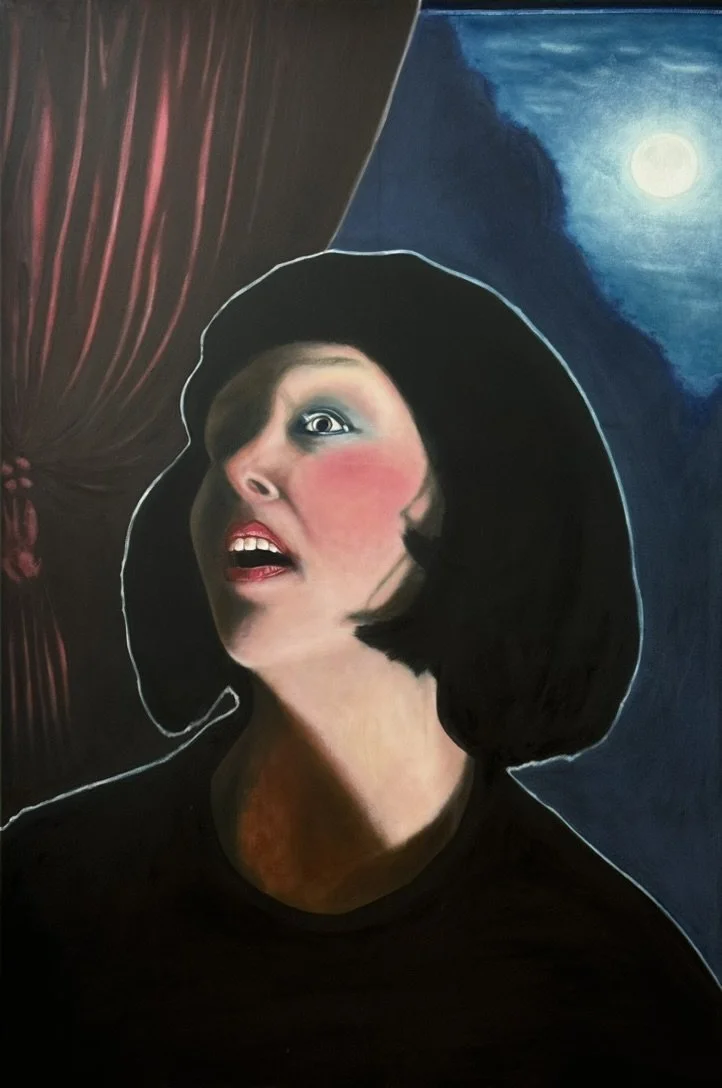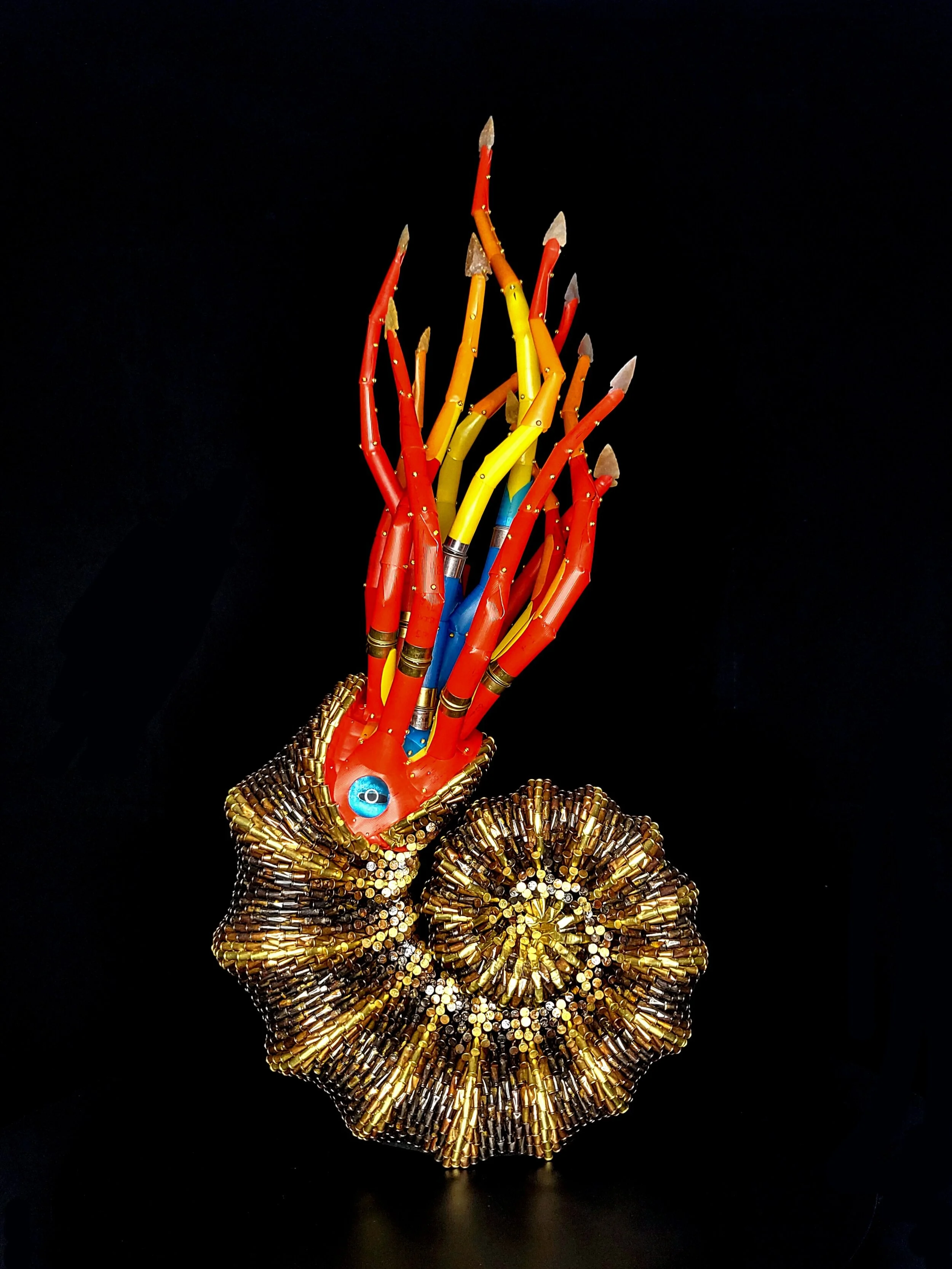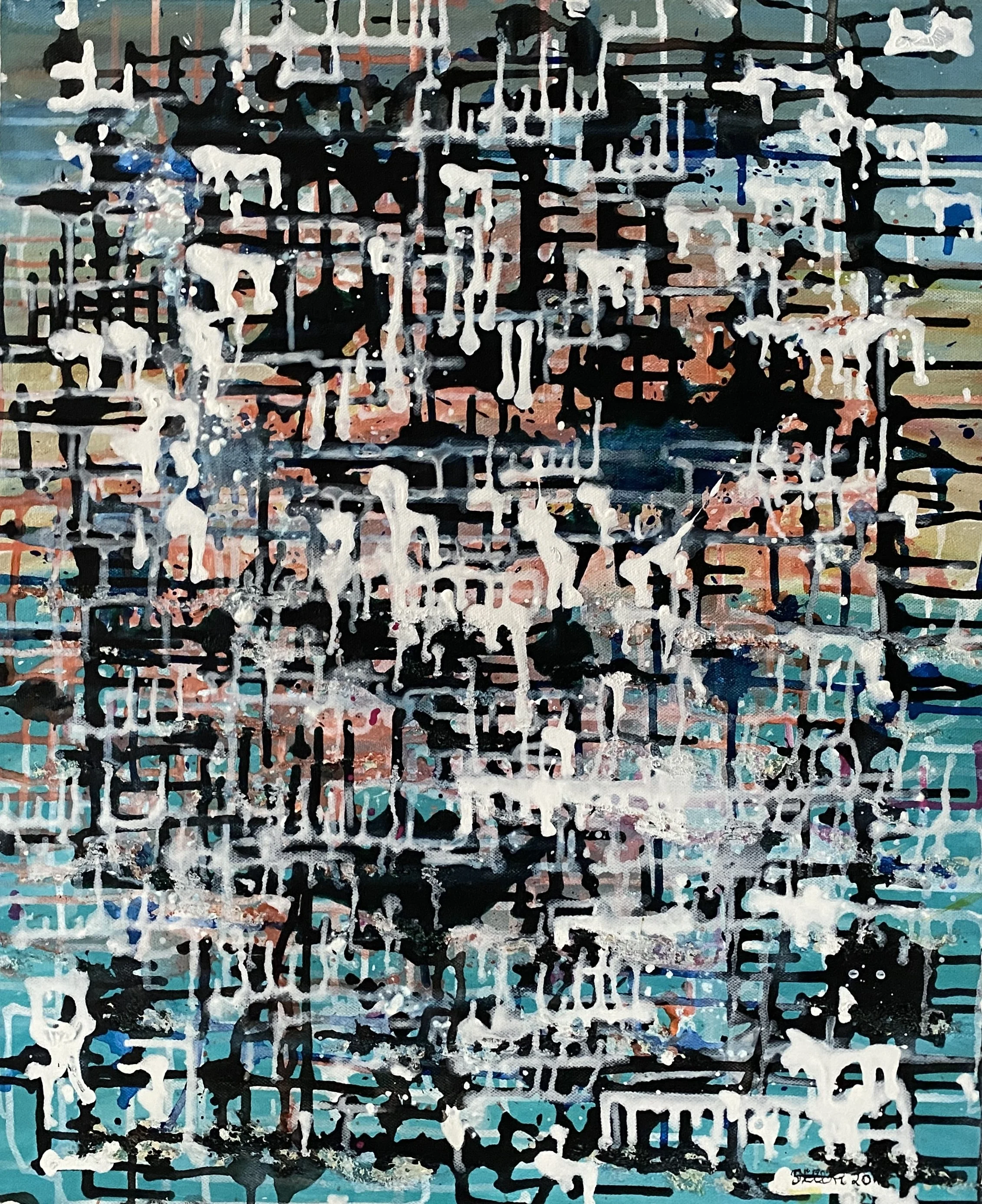Deep and complete knowledge of my profession are proven by long years during which I was learning and improving myself as a professional.
My creative work is first of all characterized by many exhibitions, publications and positive feedback from students, colleagues and art critics.
The basis of everything still remains academic professionalism. Even it is not a leading value in the arts currently – good master of his handcraft should combine talent and professionalism. It is definitely an advantage and provides additional quality to the work results.
My creative work is too long and varied to be described in one page.
